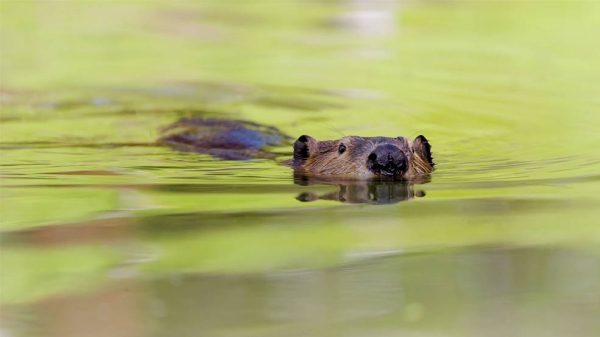Ecologists and ranchers alike know that rivers and streams with healthy beaver populations support more biodiversity, are more drought resilient, and keep water available on the land for more days of the year. But witnessing the impact of nature’s engineers on a single stream is easier than measuring it across a region, or choosing which of a hundred streams is an ideal site to reintroduce beavers.
Now a NASA-supported effort in Idaho adds remote sensing data to the suite of tools used to predict which streams can support beavers and to monitor how water and vegetation change once they return.
NASA Collaborates with Conservationists
While working on water monitoring for ranchers, scientists Jodi Brandt and Nick Kolarik heard about “beaver fever.” Ranchers had gone from seeing beavers as a nuisance to recruiting them onto their land. Brandt is now an associate professor of human-environment systems at Boise State University, and Nick Kolarik is her Ph.D. student. Brandt leads a team using NASA’s Earth observation data to help quantify how beavers can have an outsized and positive impact on local ecosystems. She works with Wally Macfarlane and Joe Wheaton, both at Utah State University, who developed the Beaver Restoration Assessment Tool (BRAT).
Read more at NASA
Image: Researchers are using NASA Earth observations to monitor impacts of beaver restoration on water availability in drought-prone ecosystems. (Credits: NASA/Boise State University)


